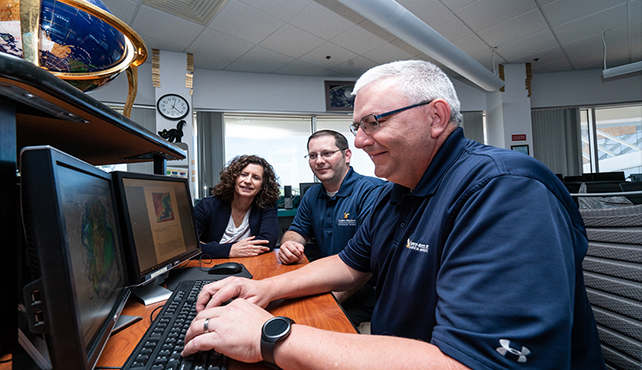Training General Aviation Pilots for Convective Weather Situations
Abstract
BACKGROUND: Over the past 10-15 yr, considerable research has occurred for the development, testing, and fielding of real-time Datalink weather products for general aviation (GA) pilots to use before and during flight. As is the case with the implementation of most new technologies, work is needed to ensure that the users (in this case, the pilots) understand both the capabilities and limitations of the new technologies as well as how to use the new systems to improve their
task performance. The purpose of this study was to replicate and extend a previous study on training pilots how and when to use these new weather technologies.
METHOD: This field study used a quasi-experimental design (pre- vs. post-test with a control group). There were 91 GA pilots from the Midwest, Northeastern, and Southeastern United States who participated in a 2-h short course or a control activity. The lecture-based short course covered radar basics, Next Generation Weather Radar (NEXRAD), NEXRAD specifics/ limitations, thunderstorm basics, radar products, and decision making.
RESULTS: The pilots who participated in the course earned higher knowledge test scores, improved at applying the concepts in paper-based flight scenarios, had higher self-efficacy in post-training assessments as compared to pre-training assessments, and also performed better than did control subjects on post-test knowledge and skills assessments.
DISCUSSION: GA pilots lack knowledge about real-time Datalink weather technology. This study indicates that a relatively short training program was effective for fostering Datalink weather-related knowledge and skills in GA pilots.
Publication date
10-2015
Keywords
aviation weather, NEXRAD, training
DOI
10.3357/AMHP.4174.2015


